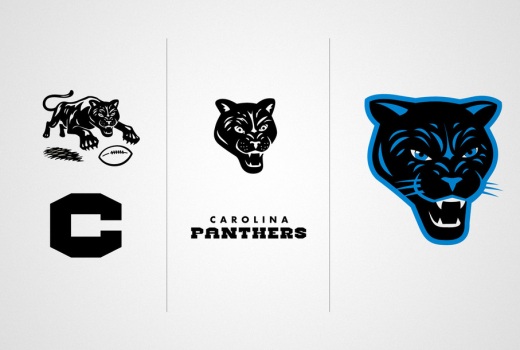My thesis development has come a long way since the beginning of the quarter and I am so glad I took this course before my grad review. Initially the thought of developing and researching a thesis topic was very overwhelming. I had research topics within design but could not form an idea of a written thesis for such a visual program. The projects, exercises and discussions have been an enormous help it getting me moving in the right direction and have even inspired some new directions in my research direction. One of the things I enjoyed most was conducting the interview. To be able to connect with a designer working and creating the things that inspires you is really amazing. Listening to their process makes you look deeper at their work – you begin to see the references that inspired the design and the details that a broader audience may have missed. Hearing about the map that served as the background for the Army uniforms was great. Had I not read about Justin LaRosa before and interview him, I would have just seen it as a map. Now I know the historical significance of it and what it meant to the players and the students of West Point. I have also enjoyed seeing the topics of my classmates evolve and being inspired by their process and approach to research.
I am excited to continue my research and further develop my topic. Since sports based design is an area a plan to pursue professionally, I want to keep a well documented record of all my findings so I can share the experience with potential employers and designers who are working in this area.
GRDS 761 Visual Presentation from Britt on Vimeo.





